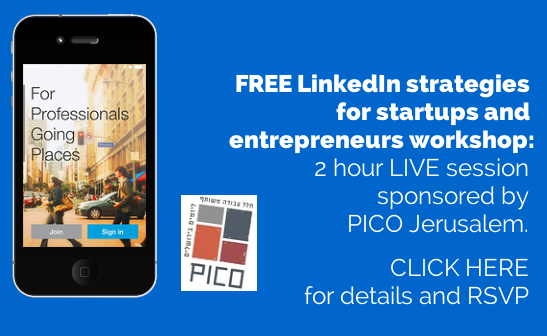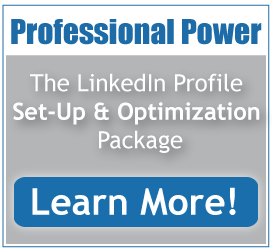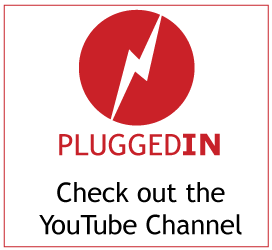Let’s face it, your startup growth will depend on many different types of people; a great team, investors, designers, engineers, customers, etc., and if you read Michael Eisenberg’s recent blog post about how Israeli startups need to improve their Messaging, Positioning, and Branding, (read it in Hebrew) you’d understand how important it is to have a well crafted brand and messaging that gets the buzz going about your new venture and the problem your company is out to solve early on.
For many startups, a good place to start branding, messaging, and positioning, is on LinkedIn. Here’s what Gil Ben-Artzi Founder of UpWest Labs said recently about LinkedIn: “If Facebook shut down tomorrow I’d be okay, but if LinkedIn shut down, I would be devastated.”
LinkedIn is critical for your professional relationships. It’s where people and companies identify themselves to the business community and its various groups. Think of LinkedIn as a large networking event in your industry where people come to do business – not as an online resume.
If you’re a hi-tech startup and not regularly active on LinkedIn, in the eyes of many you don’t exist. If you’re active but have a poor brand and message, you still don’t exist.
People need to understand your mission and what value you deliver. Networking your way through and meeting the right people is critical for you success – gathering partners, investors, mentors, media coverage, and a loyal base of early adapters is much easier if you start by positioning yourself where it counts.
So don’t just “be on LinkedIn” – USE it.
Here’s a brief process you can follow to see significant movement in the amount of opportunities that open up to you by meeting the right people.
1. Brand your team profiles and company page.
Craft your message clearly and communicate the value you deliver to the marketplace with your new company. This is a critical first step, because nothing you do on LinkedIn matters if people don’t know what you’re up to.
2. Position yourselves as a subject matter expert in the industry.
Communicating is not as compelling as demonstrating. Join the relevant groups and contribute with your expertise – don’t just say you can help your market, show them. If you have a solution for something, people need to trust that you know what you’re talking about before they buy into your company and support it.
3. Listen to your market and engage.
You can learn a lot about your market from what people talk about, ask, and comment on the various group discussions. Don’t just post information, but really listen for how people respond to you and look for opportunities to engage with people. All relationships begin with conversation.
4. Identify key people who matter and access new relationships.
Plan to go to Silicon Valley in the future?
Start meeting people now on LinkedIn. LinkedIn is one of the best places to do some strategic outreach because people can learn a lot about you if you craft your profile well. If what you do is of interest to them, you can easily start a mutually beneficial professional relationship on LinkedIn that very quickly will become real and offline when you’re ready to meet in person.
If you want to learn more about LinkedIn strategies for starups, join me for a free 2 hour LIVE session sponsored by PICO Jerusalem. Details and RSVP here.














